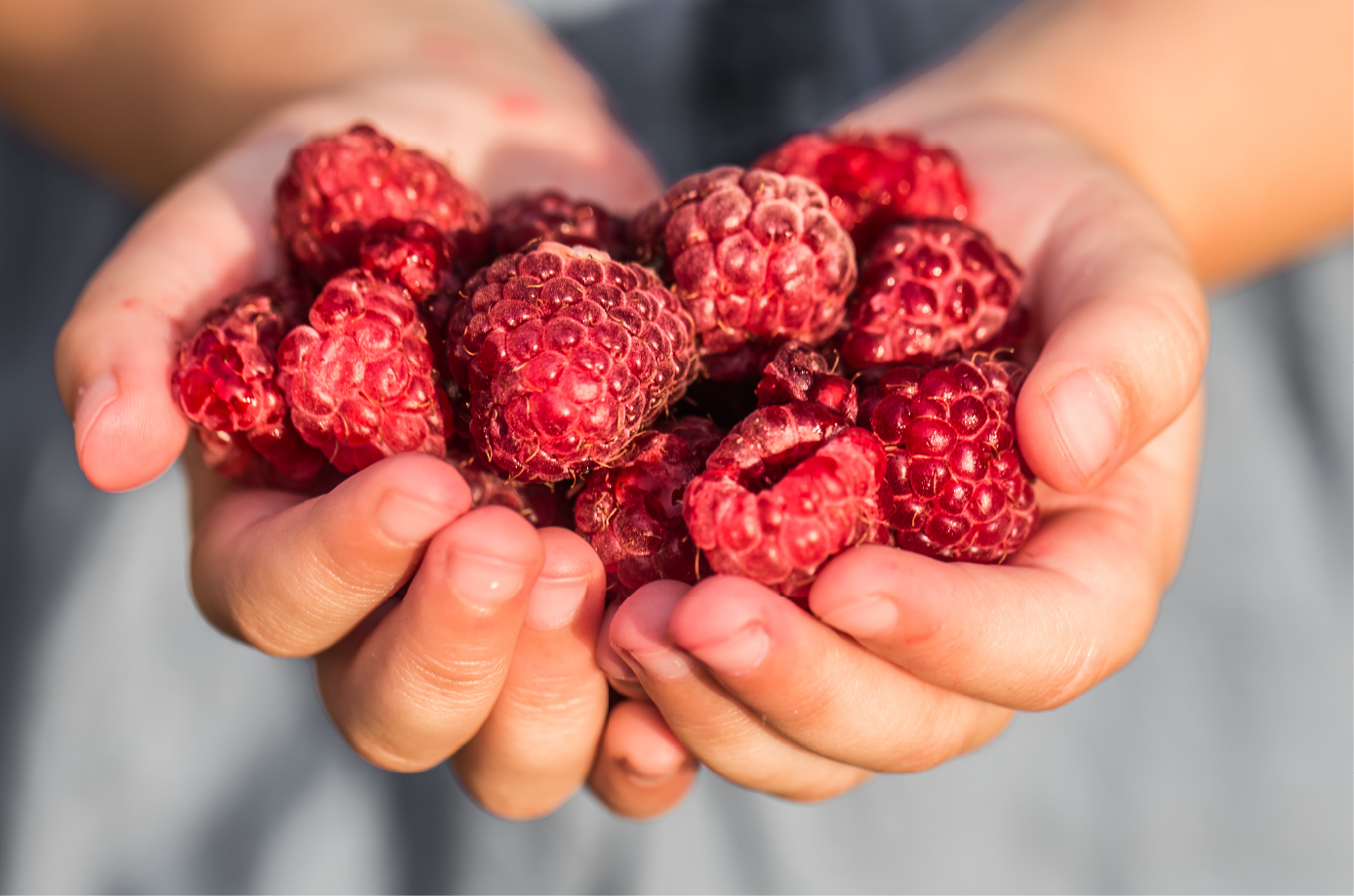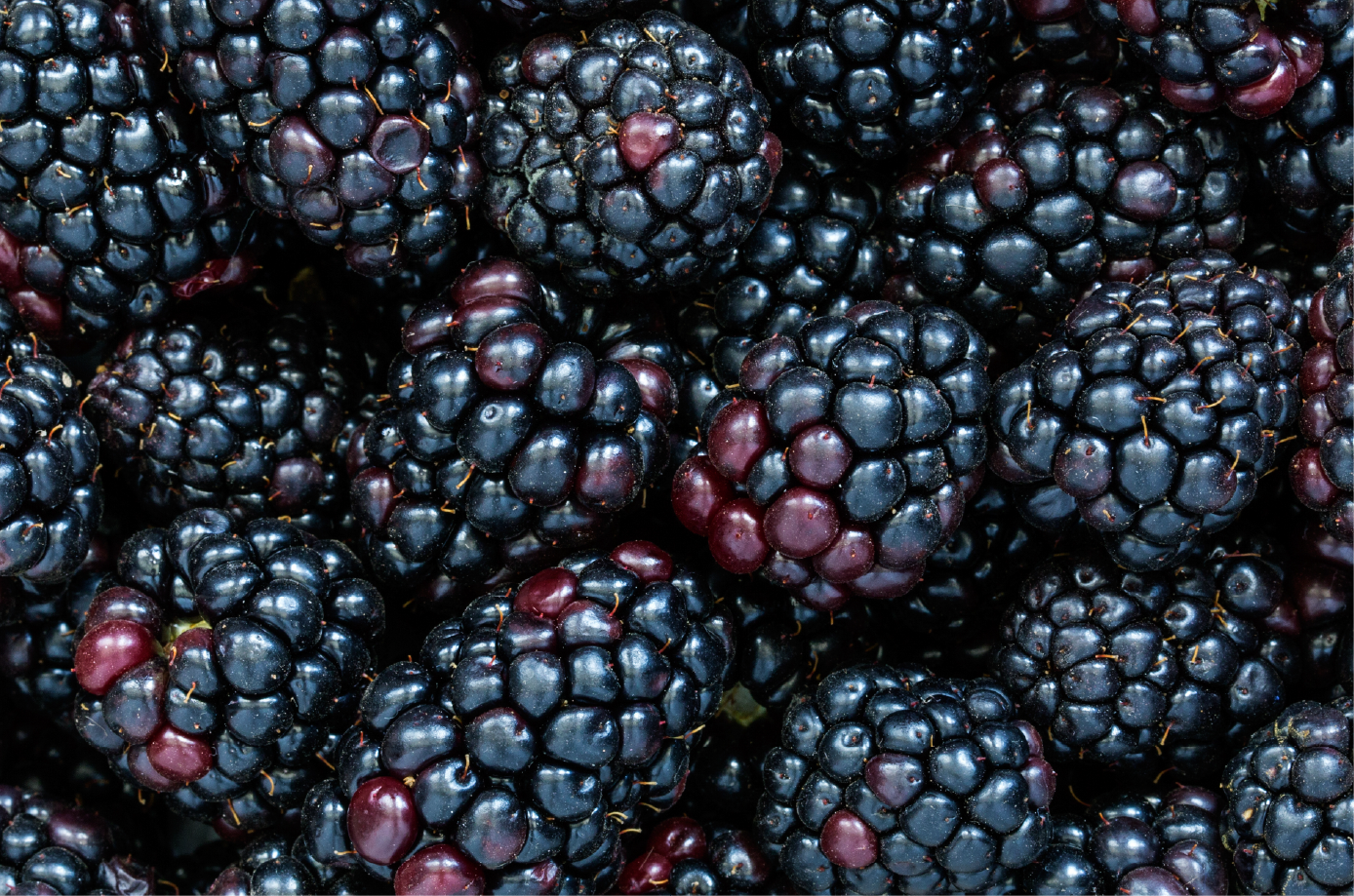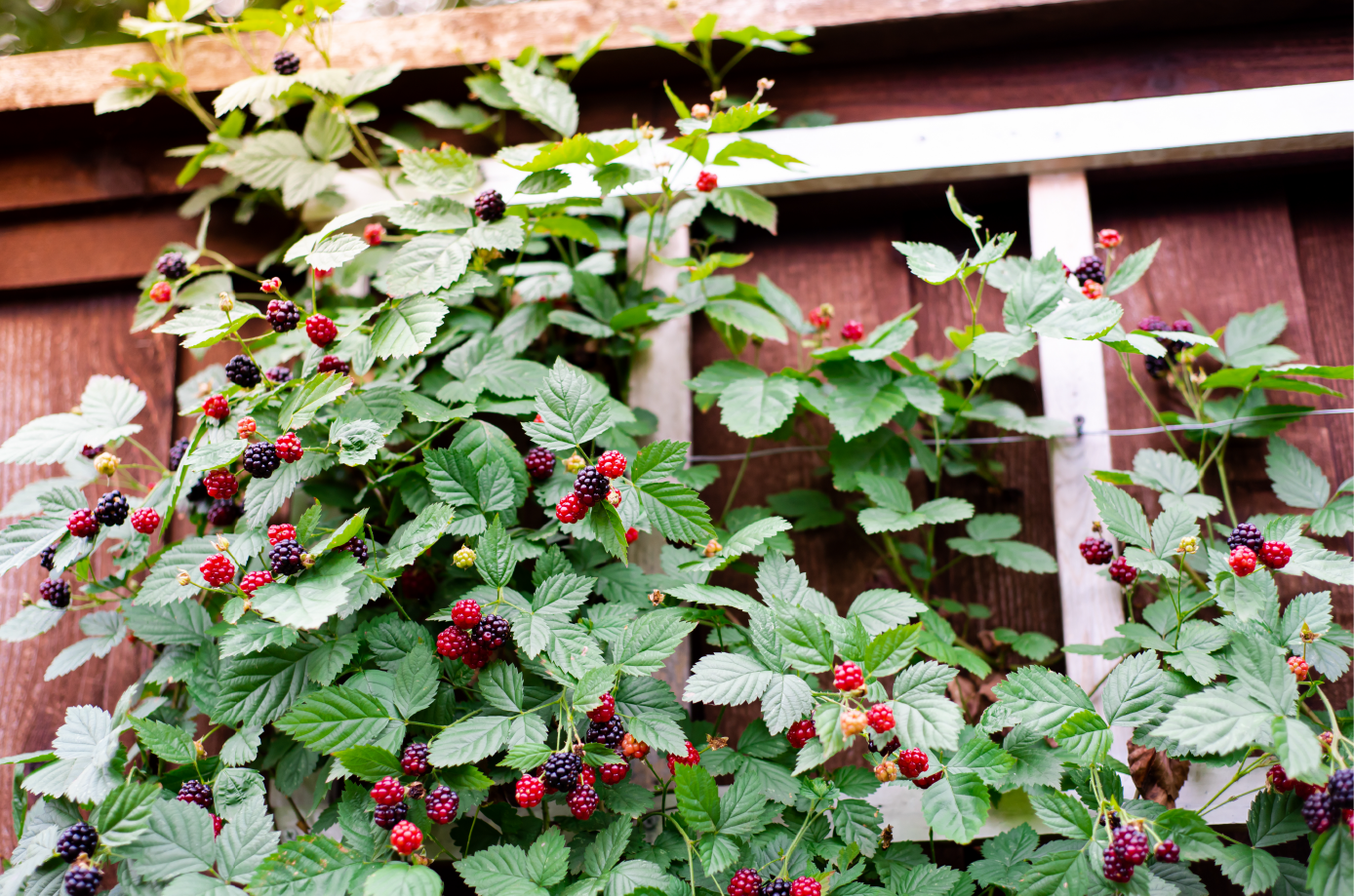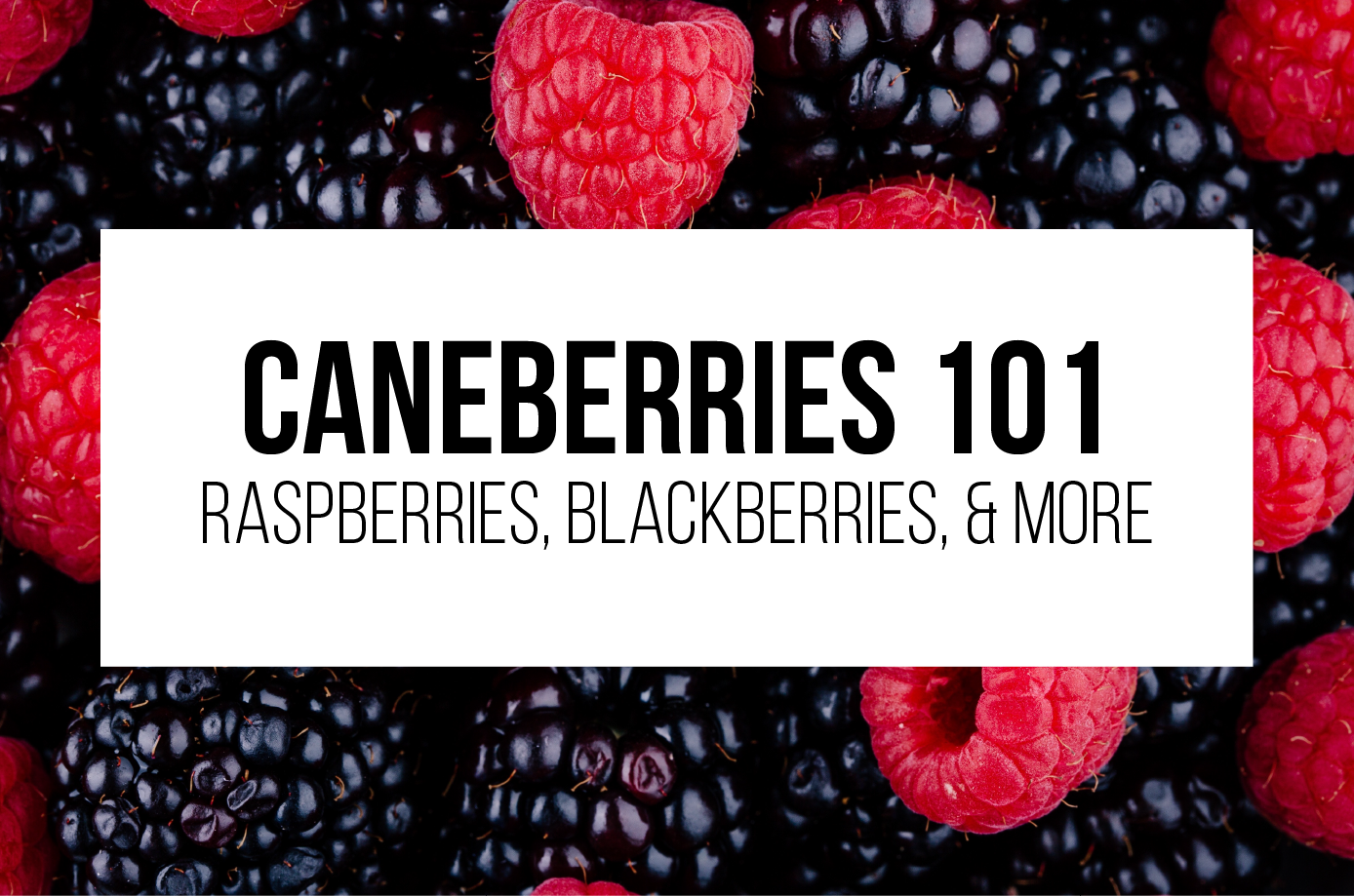Caneberries 101: How to Grow Raspberries, Blackberries, and More
Introduction
Raspberry, blackberry, loganberry, oh my! Caneberries like these make a delicious addition to any garden. Whether you’re a seasoned grower or just starting out, growing caneberries can be incredibly rewarding. From raspberries to blackberries, and all the hybrids in between, these flavorful fruits thrive in full sun and produce year after year with the right care. Here’s everything you need to know to grow a thriving caneberry patch that keeps giving.
Understanding Caneberries and Their Types
Caneberries include raspberries, blackberries, and hybrids like boysenberries, loganberries, and marionberries. These plants produce fruit on woody stems called canes. The canes are biennial, meaning they grow in their first year (called primocanes) and bear fruit in their second year (floricanes), then die back.
Blackberries come in several types: erect, semi-erect, and trailing. Black raspberries, boysenberries, loganberries, and marionberries each have unique growth habits but share similar care needs. Most caneberries prefer full sun for the best fruit yields, so choose a sunny spot for planting.
Sun and Soil
Full sun is best for caneberries; less sun means fewer berries. Plant them in well-draining, slightly acidic soil. If your soil tends to stay wet, consider raised beds or amending it with organic matter for better drainage.
Caneberry Pruning Basics by Type
Raspberries
-
Summer-bearing: Summer pruning is minimal; just remove spent floricanes after fruiting and tidy up any suckers growing outside your patch. During dormancy (November to March), remove dead or damaged canes and thin so there’s one healthy cane every 6 inches.
-
Everbearing: No summer pruning needed, since fruit is produced on first-year primocanes. For maximum fall yields, prune all canes to the ground during dormancy; to harvest twice (summer and fall), leave the fruited canes in place.

Black Raspberries
-
Summer: Remove spent floricanes and prune primocanes to about 3–4 feet to encourage new growth.
-
Dormant: Remove dead or damaged canes; cut back lateral branches to about 6 inches and thin to 5–10 healthy canes per plant.
Blackberries
-
Erect
-
Summer: Prune tips of primocanes to about 4 feet; after fruiting, remove all spent floricanes.
-
Dormant: Shorten lateral branches to 12–18 inches; thin canes to about 10 inches apart.
-
-
Semi-erect
-
Summer: Prune primocane tips to about 5 feet and secure to trellis or fence; remove spent floricanes after fruiting.
-
Dormant: Thin canes to 5–8 per plant; remove any laterals lower than 3 feet; shorten remaining laterals.
-
-
Trailing
-
Summer: Leave primocanes unpruned; train new canes onto trellis or fence; thin to 6–10 strong canes, removing weak or damaged ones.
-
Dormant: Protect canes from harsh winter conditions with tarps or heavy mulch layers; in spring, lift and tie canes to supports.
-

Supporting Your Caneberries
Use tall stakes, fences, or ideally a two-wire trellis to support your canes. The trellis should have wires about a foot and a half apart, running up to about 5 feet high. This keeps canes manageable and improves airflow, which reduces disease risk.
Feeding and Watering
Caneberries don’t need heavy fertilization. Apply a balanced organic fertilizer like G&B Organic All Purpose or Citrus & Fruit Tree Fertilizer in early spring when growth begins and again 6–8 weeks later. Adding kelp meal in fall can boost winter hardiness.
Keep soil moist but not soggy; drip irrigation is ideal for deep watering and reducing fungal issues. Mulch around the base helps retain moisture, suppress weeds, and regulate soil temperature.
Pests and Diseases
Birds love ripe berries, so bird netting or scare tape can protect your harvest. Watch for cane borers and aphids; remove and destroy infected canes to prevent disease spread. Root rot can be prevented by amending soil with gypsum lime.

Conclusion
Growing caneberries is a delicious way to enhance your garden and enjoy fresh fruit all season long. With full sun, proper pruning, good soil, and regular care, your raspberry, blackberry, and hybrid varieties will flourish. Whether you’re snacking straight off the cane or making jams and desserts, these berries will bring a sweet reward.
If you have any questions that weren’t answered or need more information, feel free to stop by and see us at either the Broad St. or Mechanicsville location. You can also give us a call or drop us an email at info@stranges.com. We’re here to help you grow better!
Connect with Strange’s:
Instagram: @StrangesRVA Facebook: @Strange’s Florist
Mechanicsville: 804-321-2200 West Broad: 804-360-2800










